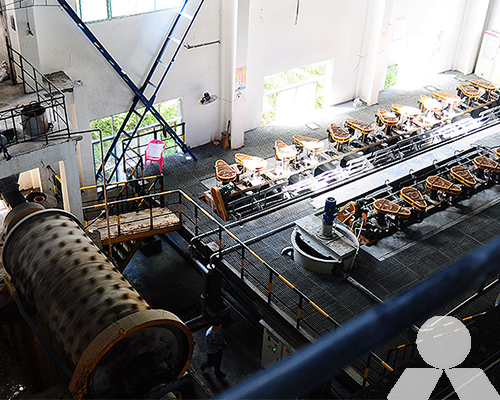Feed Size of Coal Ball Mill in Power Plant
Coal ball mill are a key component of coal-fired power plants. They are responsible for grinding coal into a fine powder that can be burned in the boiler to generate steam. The feed size of coal to the ball mill is an important factor that can affect the efficiency and performance of the mill.
The ideal feed size for coal ball mills is typically between 0.5 and 1.0 millimeters. This size range allows for efficient grinding while minimizing wear and tear on the mill. If the feed size is too large, it can cause the mill to overload and overheat. If the feed size is too small, it can lead to increased wear and tear on the mill’s grinding media.

The feed size of coal to the ball mill can be controlled by a variety of factors, including the type of coal being used, the mill’s design, and the operating conditions. For example, hard coals typically require a smaller feed size than soft coals. Similarly, mills with a high speed ratio require a smaller feed size than mills with a low speed ratio.
The feed size of coal to the ball mill is an important factor that can be controlled to improve the efficiency and performance of the mill. By optimizing the feed size, power plants can improve the efficiency of coal combustion and reduce emissions.
Here are some specific tips for optimizing the feed size of coal to a ball mill:
- Use a coal sampler to collect representative samples of the coal being used.
- Measure the feed size of the coal using a sieve analysis.
- Adjust the mill’s operating conditions to achieve the desired feed size.
- Monitor the mill’s performance to ensure that the feed size is optimized.
By following these tips, power plants can ensure that their coal ball mills are operating at peak efficiency.








